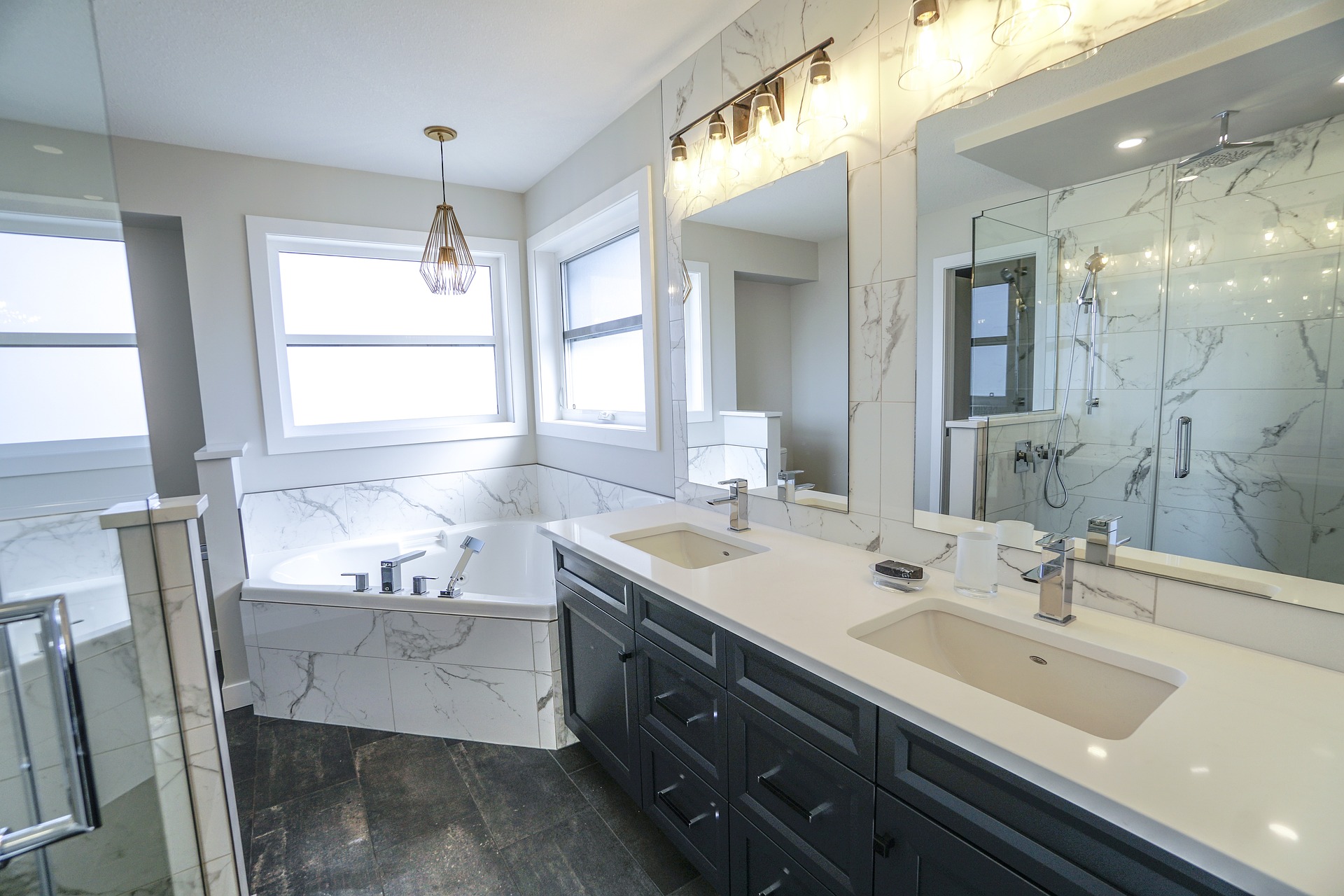Senior Living: Exploring Cost-Effective Options and Financial Assistance
As we age, the transition to senior living becomes an important consideration for many individuals and families. This shift often involves careful planning, financial assessment, and understanding the various options available. From independent living communities to assisted care facilities, the landscape of senior housing offers diverse choices to suit different needs and budgets.

What are cost-effective options for senior living?
When exploring cost-effective senior living options, it’s essential to consider various alternatives that balance quality of life with affordability. Independent living communities often provide a more economical choice for seniors who are still active and require minimal assistance. These communities typically offer apartments or small homes within a larger complex, providing amenities like communal dining, recreational activities, and basic maintenance services.
Another cost-effective option is shared housing, where seniors can live with roommates to split expenses. This arrangement not only reduces costs but also provides companionship and shared responsibilities. Some organizations facilitate matching seniors with compatible housemates, ensuring a harmonious living situation.
How can you uncover economical senior housing in your community?
Finding affordable senior housing in your local area often requires thorough research and exploration of various resources. Start by contacting your local Area Agency on Aging, which can provide information on low-income senior housing options and subsidized apartments in your community. These agencies often have comprehensive lists of available properties and can guide you through the application process.
Additionally, explore non-profit organizations that focus on senior housing. Many religious institutions and community groups operate affordable senior living facilities or can connect you with local resources. Don’t overlook the possibility of manufactured home communities or co-housing arrangements, which can offer more affordable alternatives to traditional senior living facilities.
What financial assistance is available for senior living expenses?
Understanding the financial assistance options for senior living is crucial for many families. Several programs and resources can help offset the costs of senior care:
-
Medicare: While it doesn’t cover long-term care, Medicare can help with short-term skilled nursing care and some home health services.
-
Medicaid: For low-income seniors, Medicaid can cover the costs of long-term care in nursing homes and, in some states, assisted living facilities.
-
Veterans Benefits: The Aid and Attendance benefit can provide additional funds to veterans and their spouses for assisted living or nursing home care.
-
Social Security: While not specifically for senior living, Social Security income can contribute to covering these expenses.
-
Long-Term Care Insurance: If purchased earlier in life, this insurance can significantly offset the costs of various types of senior care.
How can you maximize value in senior living decisions?
To get the most from your senior living decisions, it’s important to thoroughly assess your current and future needs. Start by evaluating the level of care required, considering both immediate needs and potential future health changes. This foresight can help avoid costly moves between facilities as care needs evolve.
Compare the costs and services of different types of senior living arrangements. Sometimes, the all-inclusive nature of certain facilities can provide better value than trying to piece together separate services while living independently. Additionally, consider the location carefully – proximity to family, healthcare facilities, and desired amenities can significantly impact quality of life and potential additional expenses.
What are some hidden expenses in senior living preparation?
When preparing for senior living, several hidden expenses can catch families off guard. One often overlooked cost is the need for home modifications if aging in place is the chosen option. These modifications might include installing grab bars, ramps, or stairlifts, which can add up quickly.
Transportation costs can also be substantial, especially if a senior can no longer drive. Whether it’s paying for ride-sharing services, public transportation, or specialized senior transport options, these expenses should be factored into the budget.
Healthcare costs beyond what insurance covers, including prescription medications, dental care, and vision care, can also become significant hidden expenses. It’s crucial to anticipate these potential costs and plan accordingly.
| Senior Living Option | Provider Type | Estimated Monthly Cost Range |
|---|---|---|
| Independent Living | Community | $1,500 - $4,000 |
| Assisted Living | Facility | $3,000 - $6,000 |
| Nursing Home | Facility | $6,000 - $12,000 |
| Memory Care | Specialized | $4,000 - $8,000 |
| Adult Family Home | Private Home | $2,500 - $5,000 |
Prices, rates, or cost estimates mentioned in this article are based on the latest available information but may change over time. Independent research is advised before making financial decisions.
Planning for senior living involves careful consideration of various factors, including financial resources, care needs, and personal preferences. By exploring cost-effective options, understanding available financial assistance, and anticipating potential hidden costs, seniors and their families can make informed decisions that ensure comfort, care, and financial stability in the later years of life. Remember that each individual’s situation is unique, and what works best for one person may not be ideal for another. Consulting with financial advisors, healthcare professionals, and senior living experts can provide personalized guidance in navigating this important life transition.




